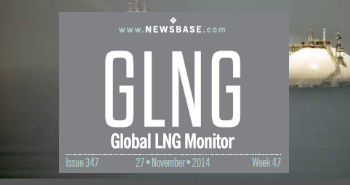NRG GLNG: Imports up for PGNiG, FID for Qatar

Poland’s PGNiG said last week that its LNG imports rose 10% in 2020 to reach 3.76bn cubic metres. This comes as the country continues to buy natural gas from Russia, but is trying to diversify its sources of supply ahead of the expiry of a contract with Russia’s Gazprom in 2022.
“For several years we have been consistently limiting the import of natural gas from Russia,” said the president of PGNiG’s board, Paweł Majewski. “On the other hand, the possibilities of further reducing supplies from the eastern direction are limited. We are bound by the ‘take or pay’ formula included in the Yamal contract binding PGNiG until the end of 2022,” he added.
PGNiG, Poland’s dominant gas player, said the share of Russian gas accounted for 60% of its total gas imports in 2020, roughly unchanged year on year. The share of LNG, meanwhile, increased to 25% in 2020, and the company expects LNG imports to continue rising.
“The following months will bring an increase in the frequency of deliveries. In the second and third quarter, we plan to receive a total of about 15 cargoes,” Majewski said.
The company has been buying LNG from countries including the US and Qatar, among others. Indeed, Qatar has also been the source of major LNG-related news in recent days, announcing on February 8 that it had taken the final investment decision (FID) on its North Field East (NFE) project, which will raise the country’s LNG production capacity from 77mn tonnes per year to 110mn tpy.
In addition, CTJV, a joint venture between Chiyoda and Technip Energies, has been awarded the engineering, procurement, construction and commissioning (EPCC) contract for the project’s onshore facilities by Qatar Petroleum (QP).
The contract will cover the delivery of liquefaction trains, each with a capacity of 8mn tpy of LNG, and associated utility facilities. It will also include a large carbon capture and storage (CCS) facility, which QP said would lead to more than a 25% reduction in greenhouse gas (GHG) emissions compared with similar LNG facilities.


Follow us online